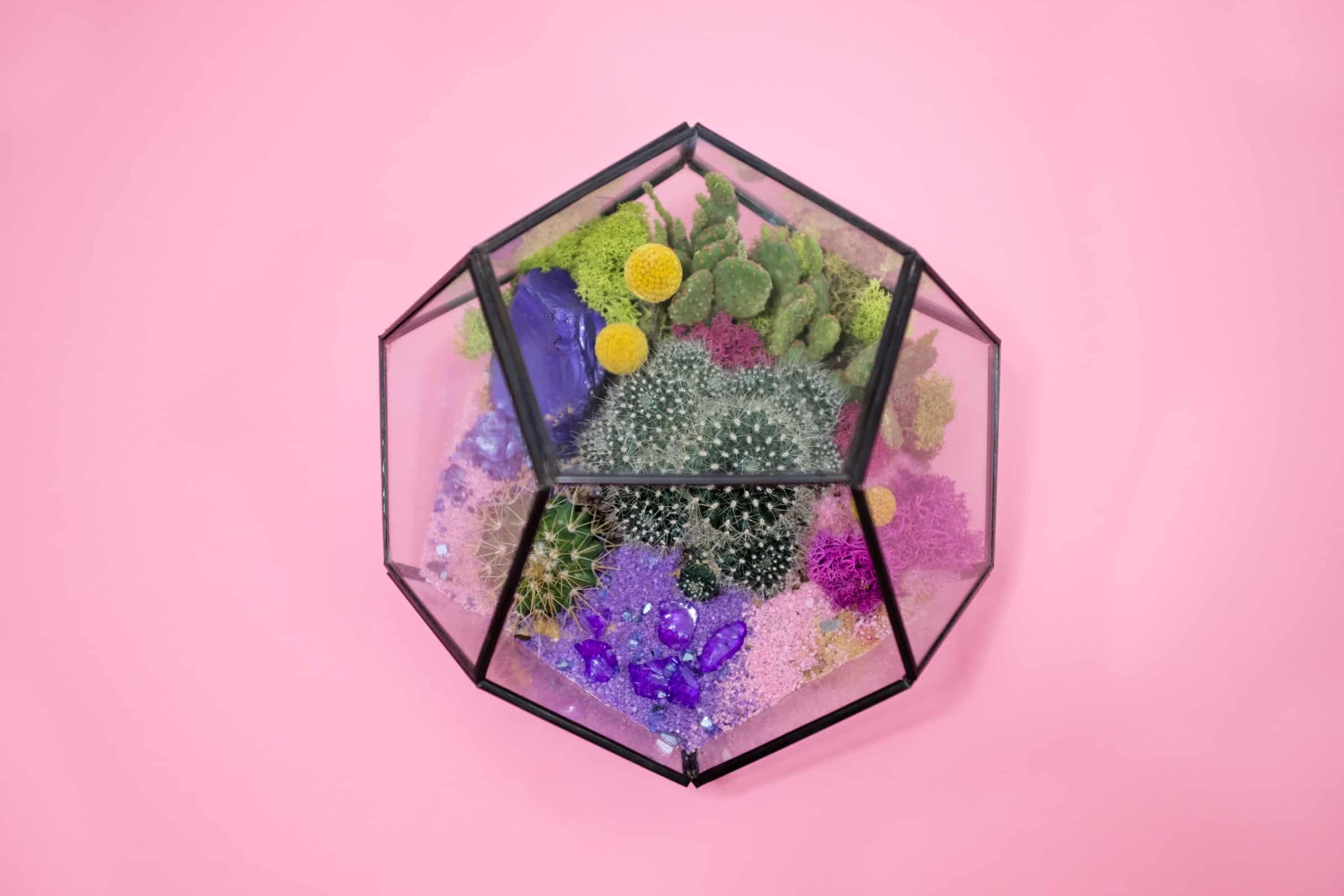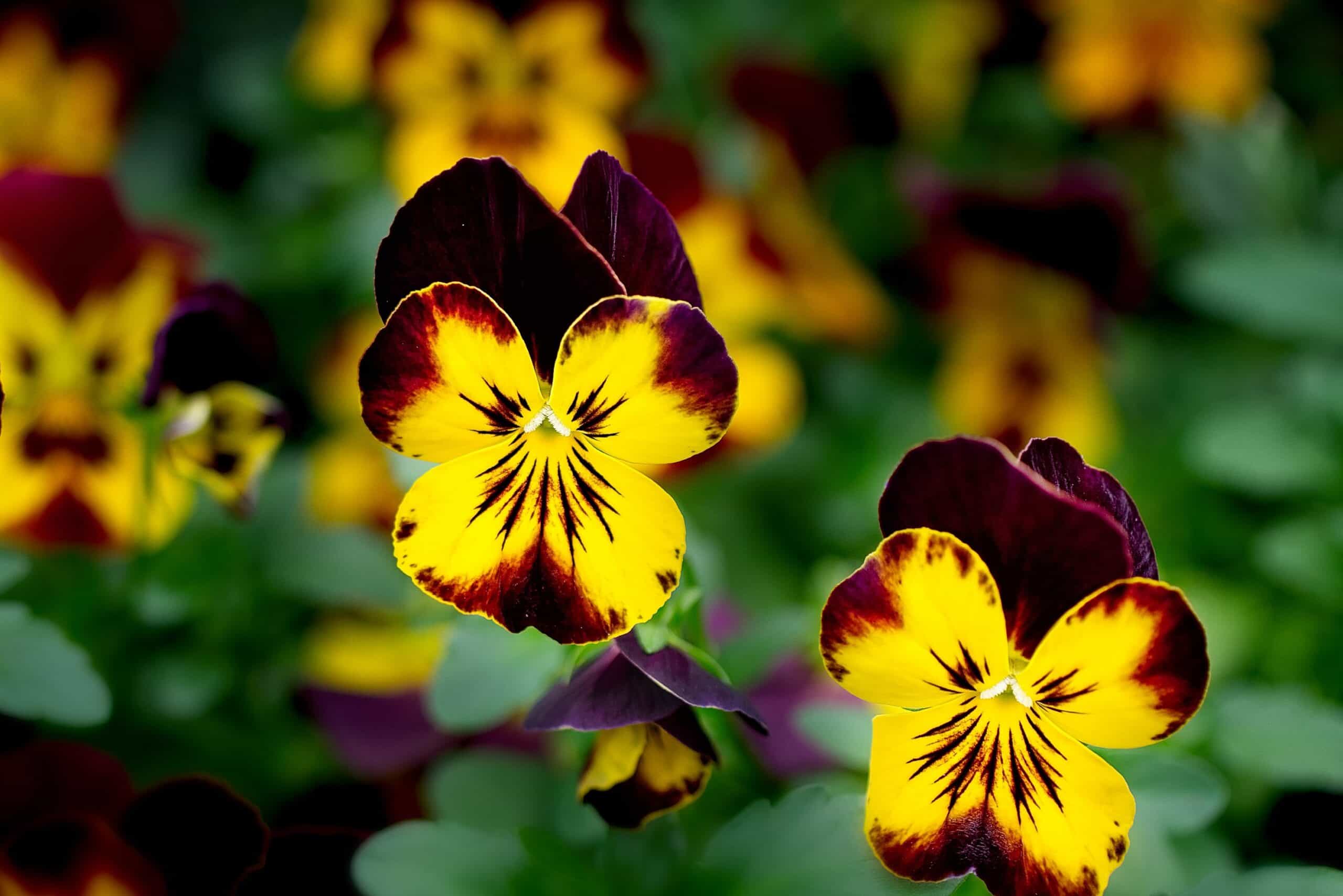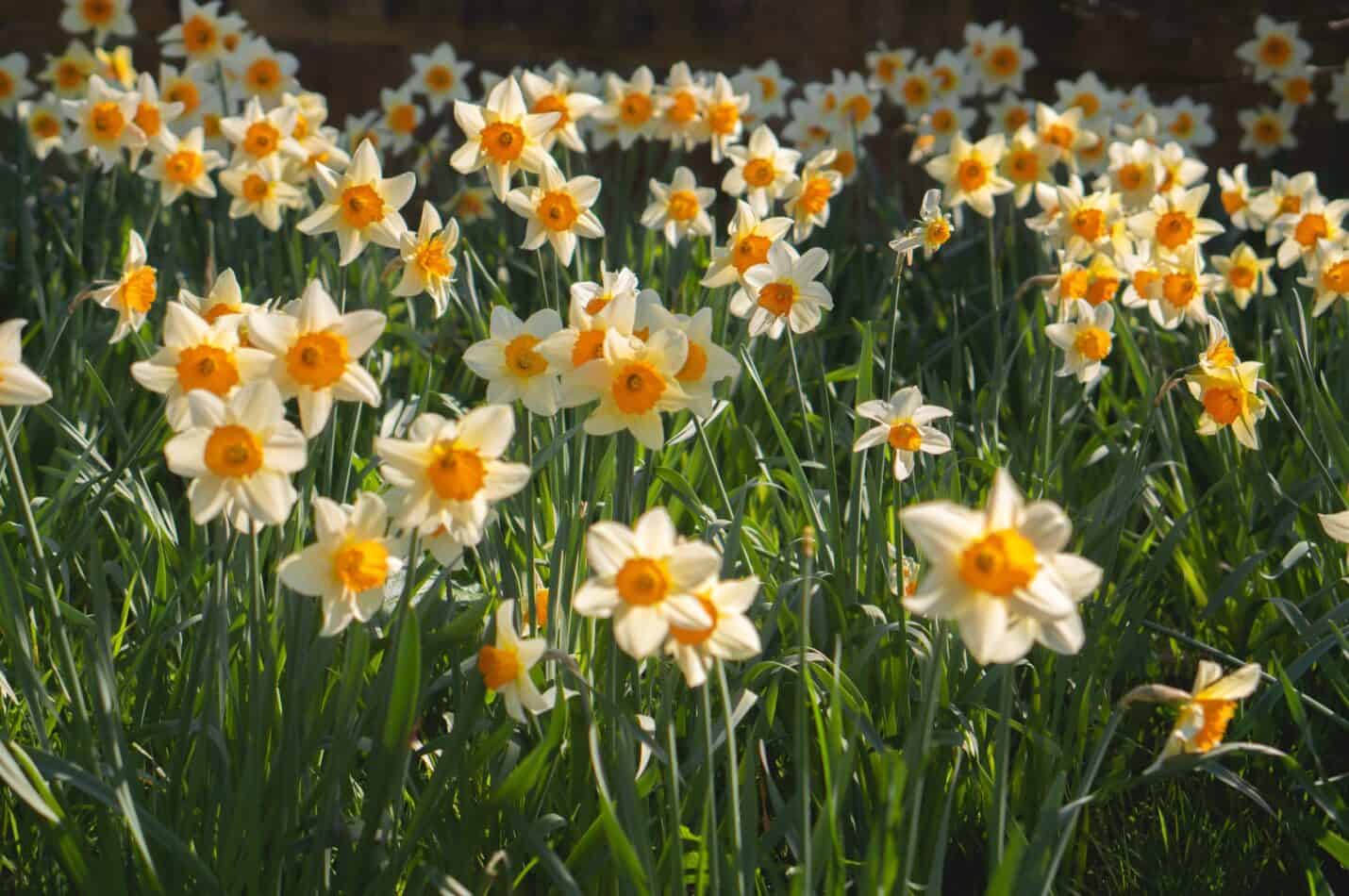Flowers have played a significant role in human culture for centuries, and their symbolic meanings have evolved. Many cultures have connected religious symbols and flower strength. Flowers have been associated with love, beauty, and devotion for centuries. Roses, for instance, have been a symbol of love and passion since ancient times and are often given as gifts on special occasions such as Valentine’s Day or weddings.
Religious Symbols and Flower Strength
The symbolic relationship between religious symbols and flowers strength goes beyond the romantic connotations often associated with flowers. Flowers have been used as religious symbols since ancient times, where they played a vital role in various religious ceremonies and rituals as a representation of the spiritual significance of diverse beliefs.
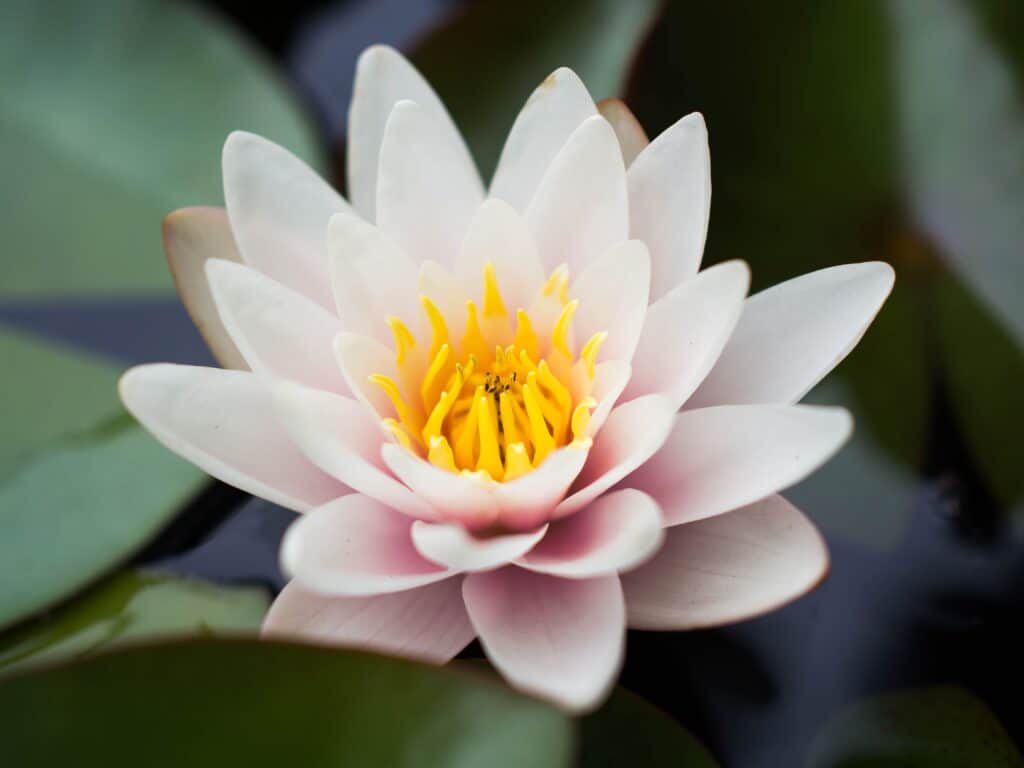
Eastern Cultures
Eastern Cultures
In many Eastern cultures, the relationship between religious symbols and flower strength has a long and rich history. Flowers have been used as religious symbols, representing faith, strength, and resilience, and have been seen as an expression of the divine.
Hinduism
In Hinduism, the lotus flower is known as the Padma and is associated with many deities, particularly with the god of creation, Brahma, who is often depicted seated on a lotus. The flower’ s significance in Hinduism stems from the belief that the lotus is the seat of the divine, and is representative of the chakras or energy centers in the body. The lotus is also associated with the concept of karma and the idea that our actions have consequences that determine our future.
Buddhism
In Buddhism, the lotus flower is considered one of the Eight Auspicious Symbols, representing the path to spiritual enlightenment.
The Eight Auspicious Symbols, also known as the Ashtamangala , are a set of symbols that are considered highly auspicious in Buddhism. These symbols are often depicted together in traditional Tibetan and Buddhist art, and are believed to represent the offerings made by the gods to the Buddha at the time of his enlightenment.
Here are the eight auspicious symbols in Buddhism:
- The Parasol (chattra): symbolizes protection and shelter from suffering and harm.
- The Golden Fish (suvarnamatsya): symbolizes freedom, happiness, and fertility.
- The Treasure Vase (kalasha): symbolizes spiritual and material abundance.
- The Lotus Flower (padma): symbolizes purity, spiritual growth, and enlightenment.
- The Conch Shell (shankha): symbolizes the sound of the Dharma and the proclamation of victory over ignorance.
- The Endless Knot (shrivasta): symbolizes the interconnectedness of all things and the infinite wisdom of the Buddha.
- The Victory Banner (dhvaja): symbolizes the victory of the Buddha’s teachings over ignorance and the triumph of wisdom.
- The Wheel of Dharma (dharmachakra): symbolizes the turning of the wheel of Buddhist teachings and the spreading of the Buddha’s wisdom.
Each of these symbols is believed to hold great spiritual significance and can be seen as a reminder of the Buddha’s teachings and the path to enlightenment.
The lotus is also a symbol of the Buddha’s enlightenment as he is said to have emerged from a lotus flower, the flower’s ability to rise above the muddiness and chaos of the water to blossom in its own time is seen as a metaphor for the human journey towards enlightenment.
Jainism
In Jainism, the lotus is also considered a symbol of spiritual purity and detachment from worldly attachments. The lotus flower’s ability to remain pure and untouched despite growing in murky waters represents the importance of leading a pure and detached life while living in the world.
In addition to its religious significance the lotus flower also has cultural and historical significance in Eastern cultures. The lotus has been used in art and architecture, particularly in the design of temples and monuments, as a symbol of spirituality and purity. The lotus is also a popular motif in textiles, jewelry, and other decorative arts.
In contemporary times, the lotus flower remains an important symbol of spirituality and enlightenment, and is often used in yoga and meditation practices. Its use as a symbol of resilience and the ability to rise above challenging circumstances continues to inspire people across cultures and religions.
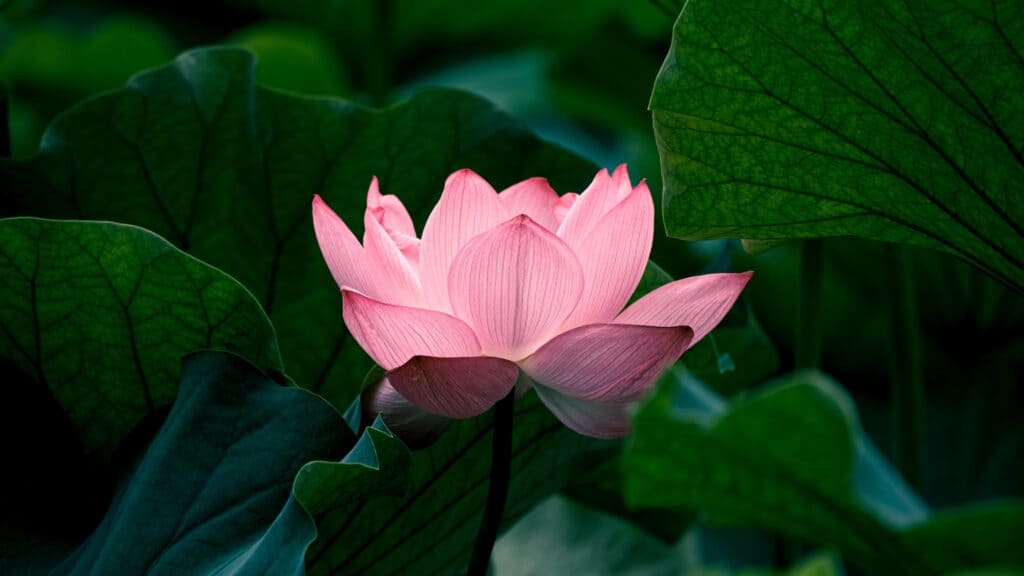
Christianity
In Christianity, flowers have been used to represent faith, strength, and resilience, so it’s not surprising to find a strong bond between religious symbols and flower strength.
The lily, for instance, is often used to symbolize the resurrection of Jesus Christ, as it emerges from the ground in the springtime after lying dormant during the winter months. This is seen as a symbol of new life and renewal, which represents the belief in the resurrection and the afterlife.
The lily is one of the most popular flowers used in Christian religious symbolism and is often used to represent the resurrection of Jesus Christ. This symbolism is based on the lily’s physical characteristics and its historical and cultural significance.
In Christian tradition, the lily is associated with the Virgin Mary, who is often depicted in art holding or surrounded by lilies. This association is based on the flower’s purity and whiteness, symbolizing the immaculate conception of Jesus Christ. The lily’s trumpet-shaped petals also represent the trumpet blast that will signal the Second Coming of Christ, as described in the Bible.
The lily’s association with resurrection is rooted in its biological characteristics. Lilies are bulbous plants that lie dormant in the ground during the winter months, and then emerge in the springtime to bloom into beautiful flowers. This cycle of growth and renewal is seen as a symbol of the resurrection of Christ, who died and was buried, and then rose again from the dead.
The lily’s use as a symbol of resurrection is also influenced by cultural and historical significance. The lily is a common symbol used in modern Christian culture during Easter celebration representing the resurrection of Christ. Lilies are often used in church decorations and in the homes of Christians during the Easter season, to symbolize the hope and renewal that comes with the resurrection.
The use of flowers as symbols of strength and resilience can also be seen in the poppy flower. The red poppy has become a symbol of remembrance for soldiers who have died in wars as it was inspired by the poem “In Flanders Fields” by Canadian physician Lieutenant-Colonel John McCrae. The poppy has come to represent the sacrifices made by soldiers, as well as their strength and courage in the face of adversity.
Ancient Civilizations
The use of religious symbols and flower strength can also be traced back to ancient civilizations. In Ancient Greece, the goddess of the harvest, Demeter, was often depicted with a wreath of flowers on her head.
- Ancient Egypt
In Ancient Egypt, the blue lotus was believed to be a symbol of rebirth and regeneration. It was believed to represent the sun and the creation of life, as well as rebirth and regeneration. The blue lotus was used in many religious ceremonies and rituals, and was often depicted in art and architecture.
The blue lotus was also known for its medicinal properties in ancient Egypt, and was used in remedies to treat various ailments. The spiritual significance of the flower was believed to be the reason for its healing properties, as it was thought to purify both the body and soul.
Flowers have also been used to represent strength and resilience in the face of adversity. In times of mourning, flowers are often given as a symbol of support and sympathy to those who are grieving. The act of giving flowers is a way of showing that one cares and is there for the person who is going through a difficult time.
The use of flowers in times of mourning is not limited to any particular culture or religion. In many cultures, white flowers are often used to symbolize purity and innocence, while red flowers may symbolize love and devotion. In some cultures, the type of flower or the color used may have a specific meaning or significance.
- Greek Mythology
In ancient Greek mythology, the lily was not only associated with the goddess Hera but also with other deities, such as Demeter and Apollo. However, it was the association with Hera that made the lily a symbol of purity and virginity, and a popular choice for wedding ceremonies.
Hera was the queen of the gods and the goddess of marriage and childbirth. She was often depicted holding a lily or wearing a crown of lilies, symbolizing her purity and grace. The association with Hera gave the lily a powerful symbolic significance, making it a popular choice for brides and grooms in ancient Greece.
In Greek wedding ceremonies, the bride would often carry a bouquet of lilies, or wear a garland of lilies in her hair. This was done to symbolize the bride’s purity and virginity, as well as her devotion to her husband. The lily was also used in the wedding ceremony to symbolize the hope of a fruitful union and a happy marriage.
In addition to its use in weddings, the lily was also used in Greek art and literature as a symbol of beauty and grace. The flower’s delicate petals and sweet fragrance were often depicted in paintings and sculptures, as well as in poetry and literature.
Today, the lily remains a popular choice for wedding ceremonies and is still used as a symbol of purity, beauty, and grace. The flower’s association with the goddess Hera has endured through the centuries, and its symbolic significance continues to inspire and captivate people across cultures and religions.
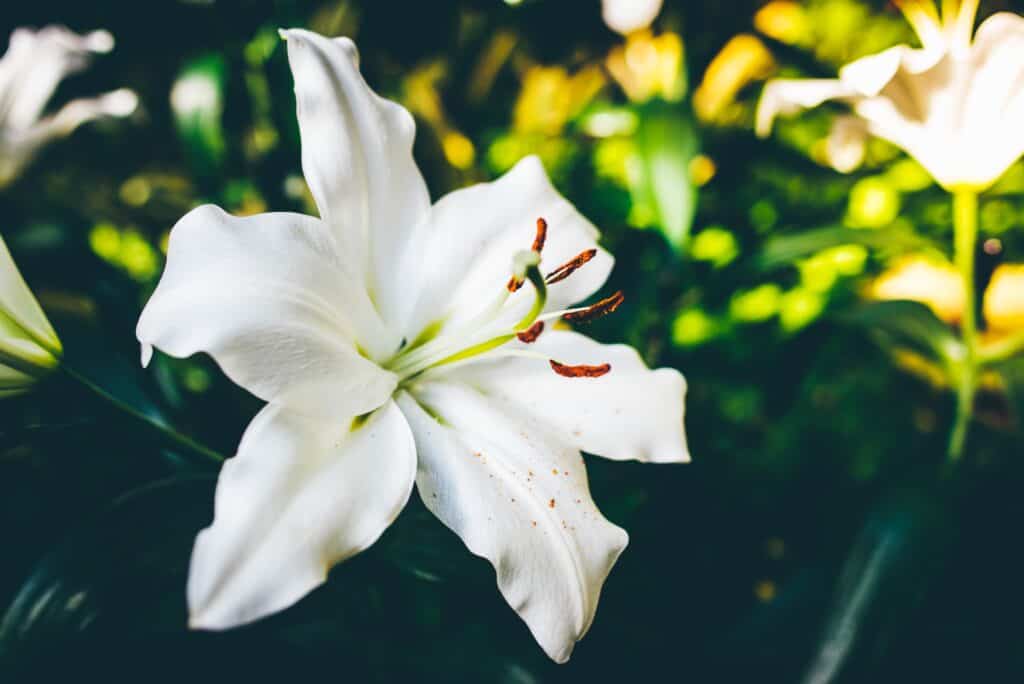
- Medieval Times
During medieval times, the lily’s association with purity and grace, as well as its beauty, made it a popular choice for royal and noble families. The flower’s association with royalty and nobility was reflected in the use of lilies in heraldry and coat of arms.
The fleur-de-lis, a stylized lily, became a widely recognized symbol of the French monarchy during the Middle Ages. It is believed that the fleur-de-lis was first used as a symbol by the Capetian dynasty in the 12th century, and it later became associated with the French crown. The symbol’s association with the French monarchy continued throughout the centuries and it became an important symbol of French culture and heritage.
The fleur-de-lis was used in a variety of ways, including on royal crests as a decorative element in art and architecture, and on flags and banners. The symbol’s three petals were thought to represent different qualities, such as faith, wisdom, and chivalry, and it was often used to signify the power and authority of the French monarchy.
Today, the fleur-de-lis is still used as a symbol of French culture and heritage, and it can be found on everything from clothing and accessories to furniture and home decor. It is also used in the logos of many French companies and organizations, and is often associated with high quality and luxury.
In addition to its use in French heraldry, the lily was also used in the coat of arms of other royal and noble families throughout Europe. It was often used to signify qualities such as purity, grace, and beauty, and was a popular choice for families who wanted to emphasize their noble and virtuous qualities.
In conclusion, the symbolic relationship between religious symbols and flowers represents the belief in the power of nature and the divine. Flowers have been used for centuries to represent faith, strength, and resilience, and they continue to be an important symbol in many different religious traditions. The act of giving and receiving flowers can also be a symbol of strength and faith, representing the belief in the power of love and the human spirit to overcome adversity.
What we love from Amazon this week
Buy these wonderful flowers directly from Amazon:











